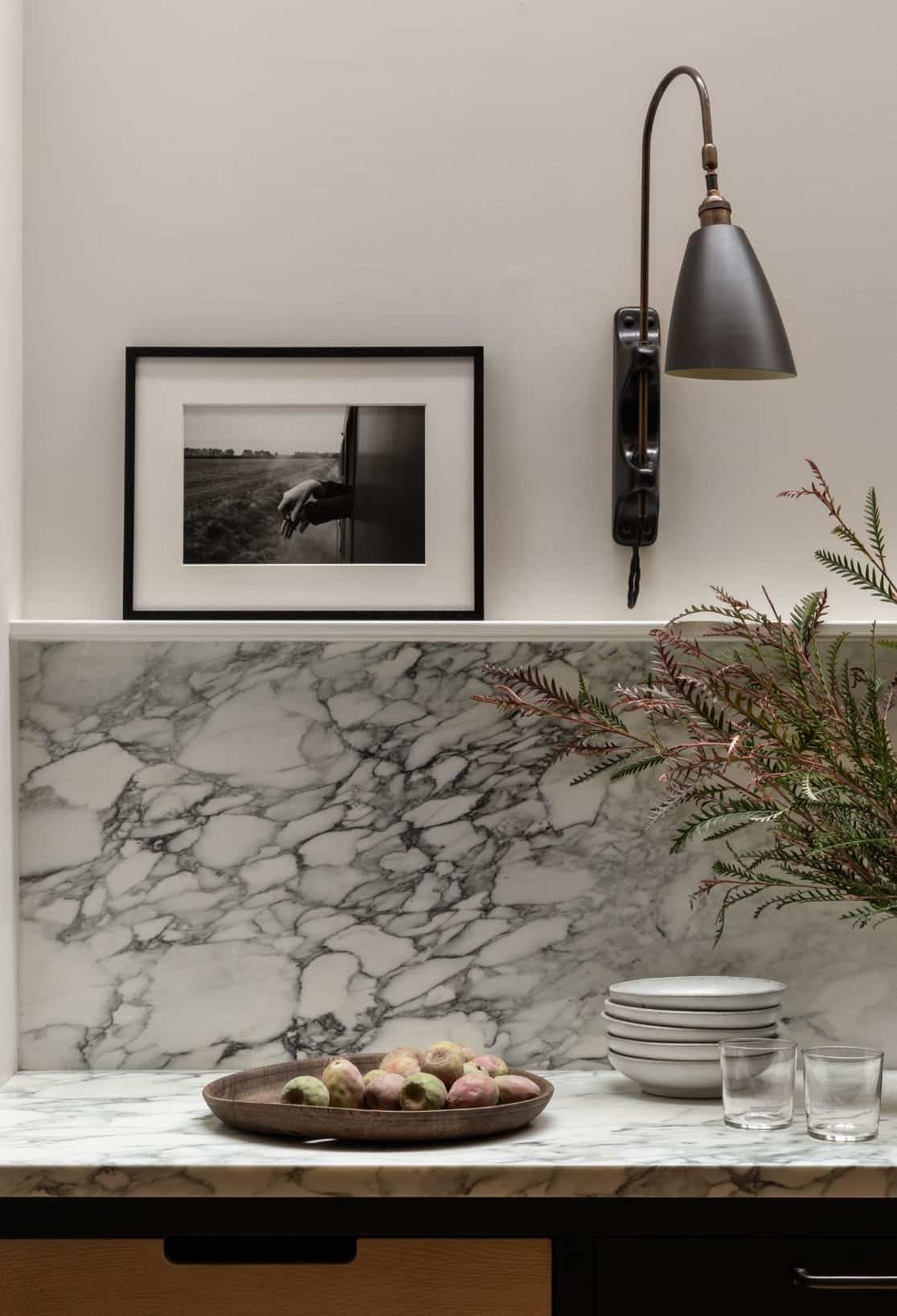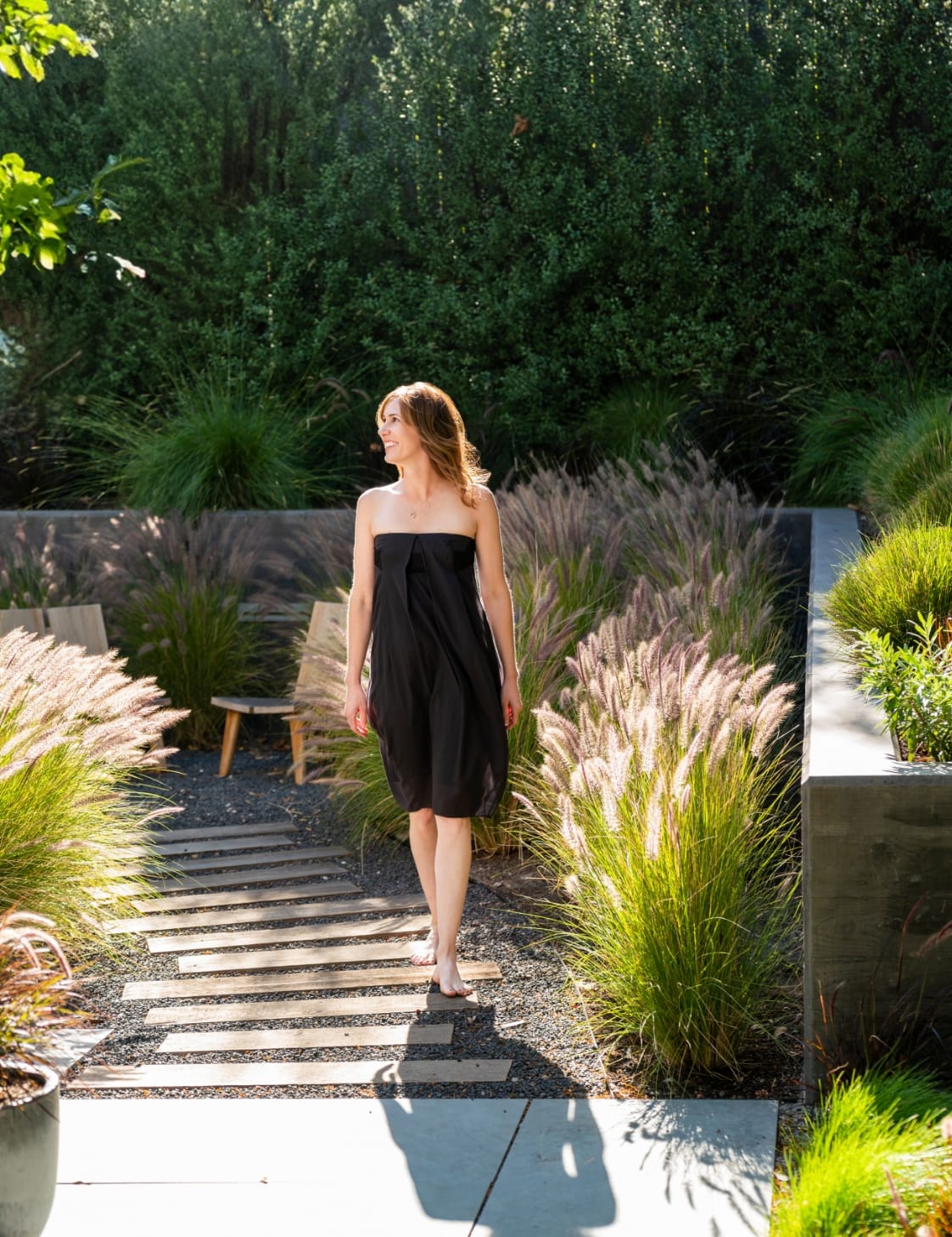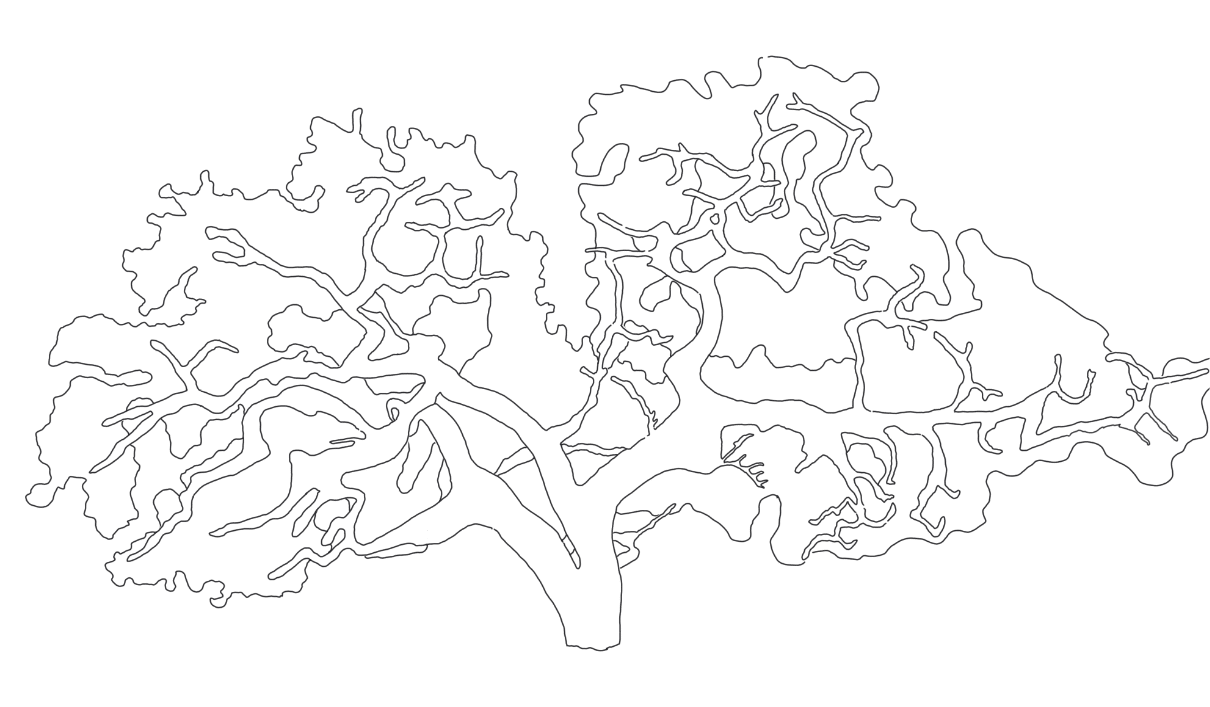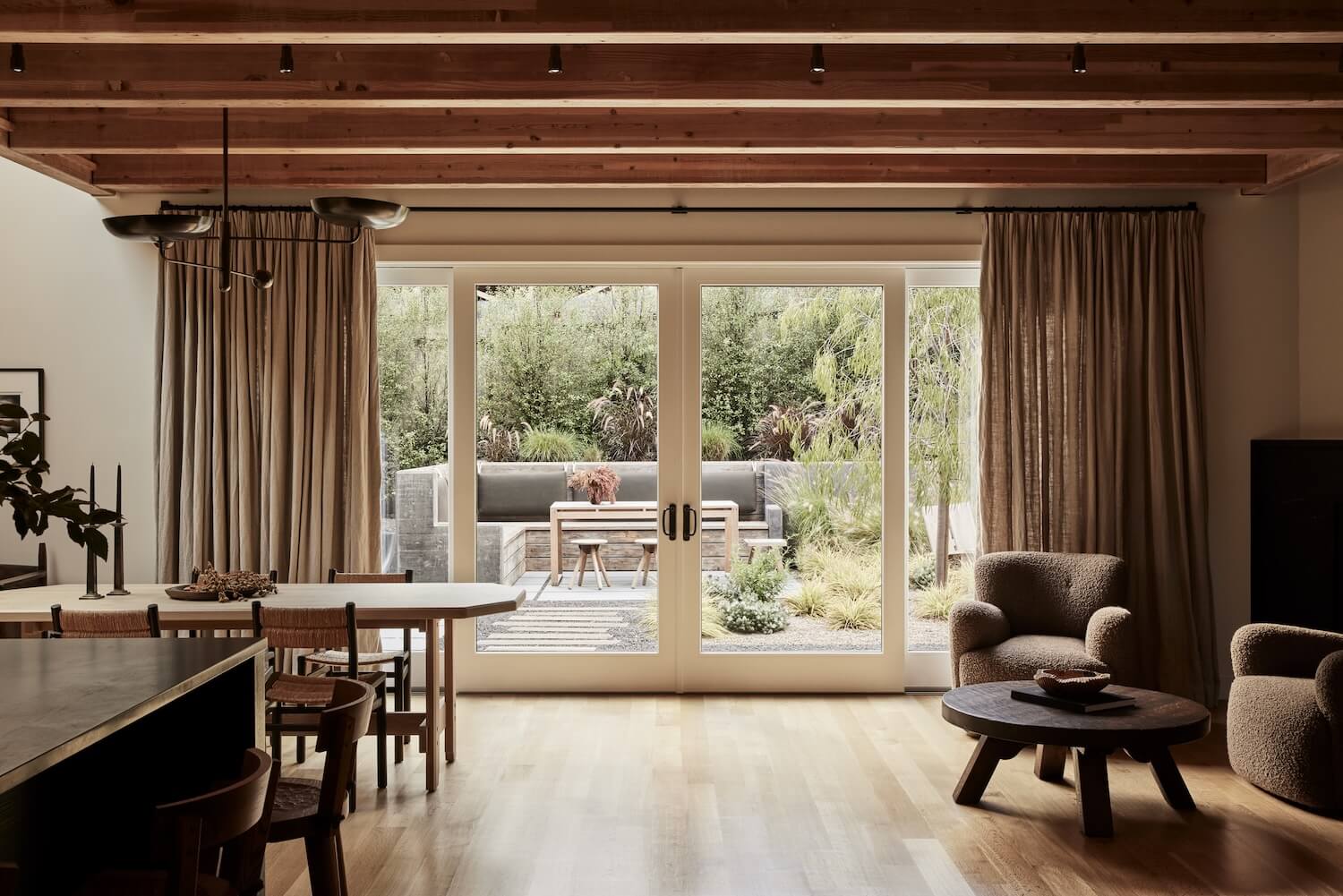
Our philosophy on sustainability
At Jute, we believe in prioritizing natural materials and minimizing waste without sacrificing aesthetics. Conscious of the impact our homes have on the environment and on our health, we believe in constructing clean, purposeful spaces made to last a lifetime.
When it comes to sustainability, we’ve found that term means different things to different people—and there’s no wrong answer. Here’s how sustainability informs our design principles and process.
Why is sustainability important now?
Everyone knows that eating organic food, using clean beauty and household products, and even wearing organic clothing is better for their health and the planet. And with climate change, we’re all becoming more aware of our footprint. The thing we still haven’t addressed is how the materials in our homes impact the environment.
How do you define sustainability?
For us at Jute, it means making decisions in the earth’s best interest. We believe that what’s good for the environment will, in turn, be good for you, your health, and your home.
How does that translate to your design philosophy?
In broad strokes, that means choosing natural materials over manmade, reframing what we think of as disposable in an effort to reduce waste, and making everyday conscious decisions that support those two things.

Our philosophy on sustainability
At Jute, we believe in prioritizing natural materials and minimizing waste without sacrificing aesthetics. Conscious of the impact our homes have on the environment and on our health, we believe in constructing clean, purposeful spaces made to last a lifetime.
When it comes to sustainability, we’ve found that term means different things to different people—and there’s no wrong answer. Here’s how sustainability informs our design principles and process.
Why is sustainability important now?
Everyone knows that eating organic food, using clean beauty and household products, and even wearing organic clothing is better for their health and the planet. And with climate change, we’re all becoming more aware of our footprint. The thing we still haven’t addressed is how the materials in our homes impact the environment.
How do you define sustainability?
For us at Jute, it means making decisions in the earth’s best interest. We believe that what’s good for the environment will, in turn, be good for you, your health, and your home.
How does that translate to your design philosophy?
In broad strokes, that means choosing natural materials over manmade, reframing what we think of as disposable in an effort to reduce waste, and making everyday conscious decisions that support those two things.
To us, sustainability means making decisions in the Earth’s best interest
Is sustainability an all or nothing proposition?
Definitely not—anything you can do in support of sustainability is better than nothing. It’s like working out twice a week versus not exercising at all; think incrementally, and once you start seeing measurable results in terms of how you feel, maybe you’ll feel empowered to do more.
What sets Jute apart from other design firms?
We have an aesthetic point of view, but we take it one step further and address energy, breathability, and functionality. We get to the bottom of what’s really important to a client from a holistic perspective.
What does your process look like?
We start by having a conversation with clients to understand what sustainability means to them, where they want to take their health and wellness, how important it is to them, and what they’re willing to do on a practical level.
What’s your goal as a designer?
Our goal is to foster self-awareness about an individual client, their project, and how they want to live. We then deliver on the healthiest version of that using all of the knowledge and techniques we’ve honed over the years.
Do you have strict standards in terms of sustainability?
There are so many ways to do your part, and anything you are willing to do for the benefit of your health and that of the environment is helpful. It’s our job to help you determine what matters most to you, then execute it in the most approachable, relaxed way.


To us, sustainability means making decisions in the Earth’s best interest
What sets Jute apart from other design firms?
We have an aesthetic point of view, but we take it one step further and address energy, breathability, and functionality. We get to the bottom of what’s really important to a client from a holistic perspective.
What does your process look like?
We start by having a conversation with clients to understand what sustainability means to them, where they want to take their health and wellness, how important it is to them, and what they’re willing to do on a practical level.
What’s your goal as a designer?
Our goal is to foster self-awareness about an individual client, their project, and how they want to live. We then deliver on the healthiest version of that using all of the knowledge and techniques we’ve honed over the years.
Do you have strict standards in terms of sustainability?
There are so many ways to do your part, and anything you are willing to do for the benefit of your health and that of the environment is helpful. It’s our job to help you determine what matters most to you, then execute it in the most approachable, relaxed way.
How do you address toxicity?
I always try to present clients with all of the information they need to make informed decisions, with recommendations for the safest, healthiest options. Nothing I suggest will add to the toxic load of their home. But it’s ultimately up to the client to decide what’s best for their health and what choices to make.
What types of sustainability goals do you tend to address?
Everyone’s version of sustainability is unique to them. Some clients want to lower their energy footprint, others want to reduce waste and reuse as much as possible, and others have specific health issues and want their home to be as nontoxic as possible. People are just starting to make the connection between their homes, their health, and the environment, and we are here to help them figure out where they want to draw the line.


